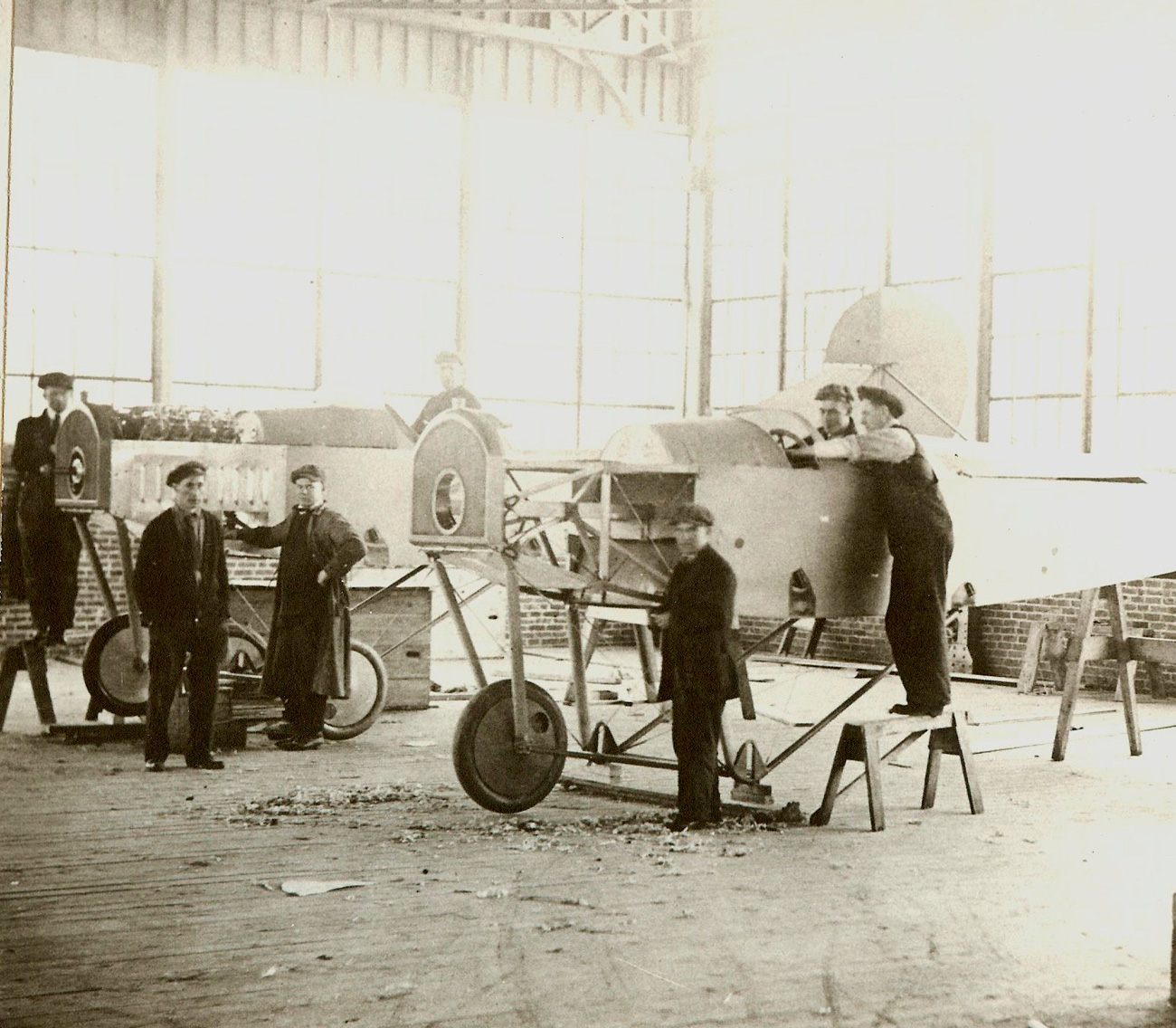When thinking about Marblehead’s landscape, you likely think of the sea first and the beach second. But do you ever think about the air? William Starling Burgess did.
In 1904, Burgess founded a shipyard at the Redstone Lane site in Marblehead, where he designed and built small motorboats — a diminutive version of his father’s yacht-designing career.
Soon after, he took on another interest: aviation. By 1909, he became so enthralled that he designed and built his own plane. But his fascination did not end there.
Burgess made history in 1910 when he piloted the first flight in New England in his plane, the “Flying Fish.” Accounts vary on the specifics of the flight — some records say he took off in Newburyport and landed in Ipswich, while others claim he took off on the frozen Chebacco Lake in Hamilton and flew about the length of a football field. Regardless of where the plane flew, the fact that it flew was groundbreaking.
But that did not satiate Burgess. Rather, it fueled him. In 1911, he began manufacturing Wright Brothers-designed planes. Later that year, he created the Burgess Company along with Frank Russell and Greely S. Curtis. According to the US Naval War College’s archives, the company “manufactured airplanes, seaplanes, hydroplanes, and flying boats.”
In or around 1912, Burgess expanded his business to Little Harbor. He gained exclusive rights to a British biplane model, which he sold to individual sportsmen until 1914. With World War I raging, the Canadian government looked to Burgess for aircraft. Thus, the Burgess Company saw a boom in production.
In 1915, he was awarded the Collier Trophy “for the greatest achievement in aeronautics or astronautics in America, with respect to improving the performance, efficiency, and safety of air or space vehicles, the value of which has been thoroughly demonstrated by actual use during the preceding year.” The model that achieved this prize was the Burgess-Dunne hydro-aeroplane [sic].
But the plane business did not last forever. In 1917, Burgess sold the company and joined the Navy’s airplane design division. After the war ended, he returned to his birthplace, Boston, and his original trade: building boats. His models and boats won countless awards.
Burgess had a career that stretched until his sudden death on March 19, 1947, and his factory at Little Harbor met an untimely end on Nov. 7 when it burned to rubble.
Though Marblehead has come to be known more for its waterfront than its wide-open airspace, Burgess’ history remains storied. He leaves behind a legacy of a curious and inventive mind. Of course, his aircraft and watercraft were notable, but so too were other facets of his life — from filing a machine gun patent in his teenage years to potentially inventing the Times New Roman print typeface to building a three-wheel car.
Perhaps the next time we take in the beautiful coastline around town, we should also look up and appreciate the skies.

